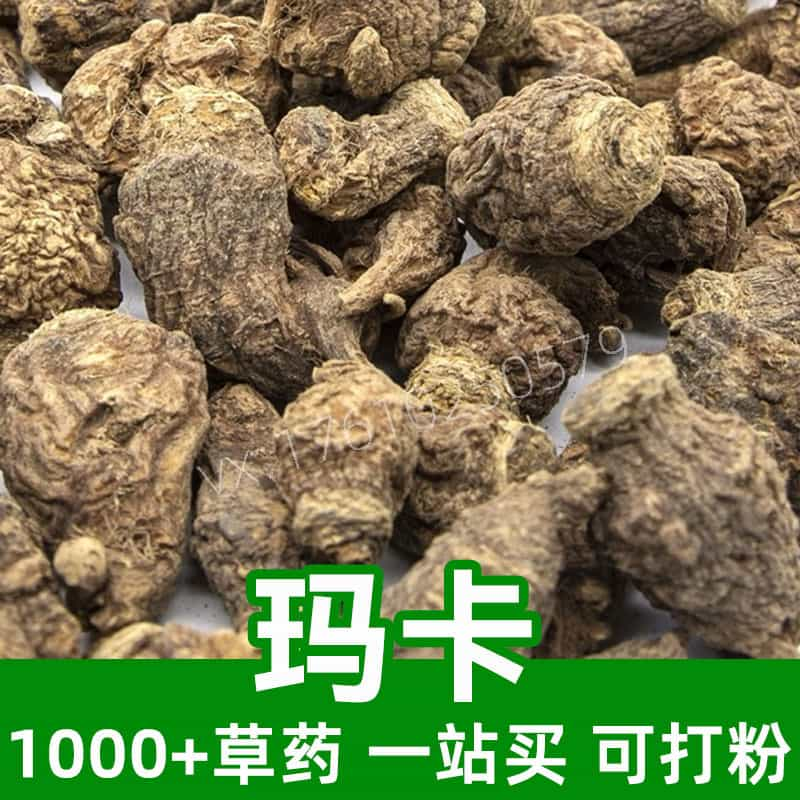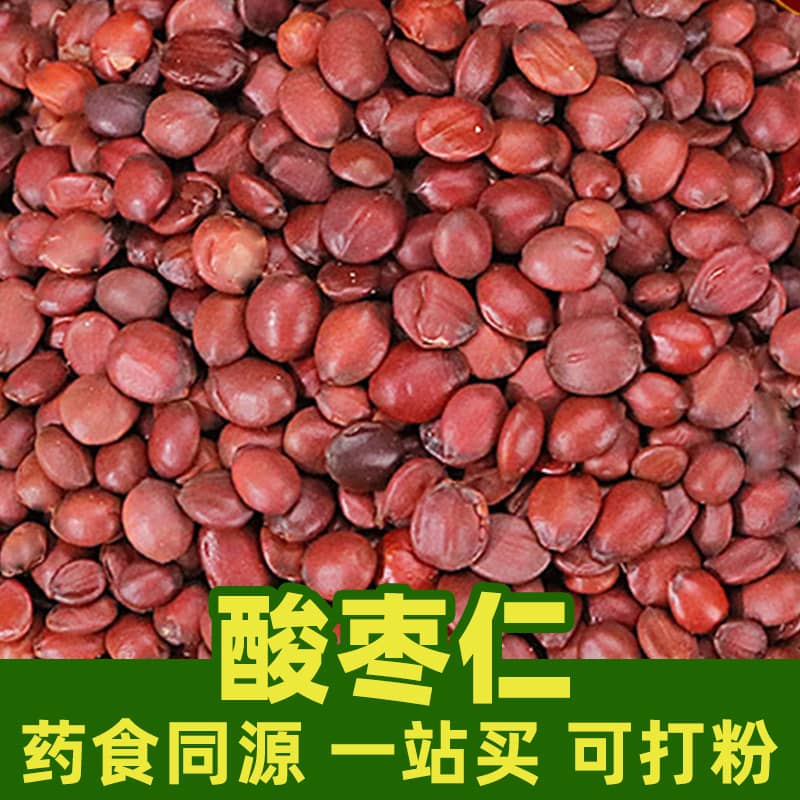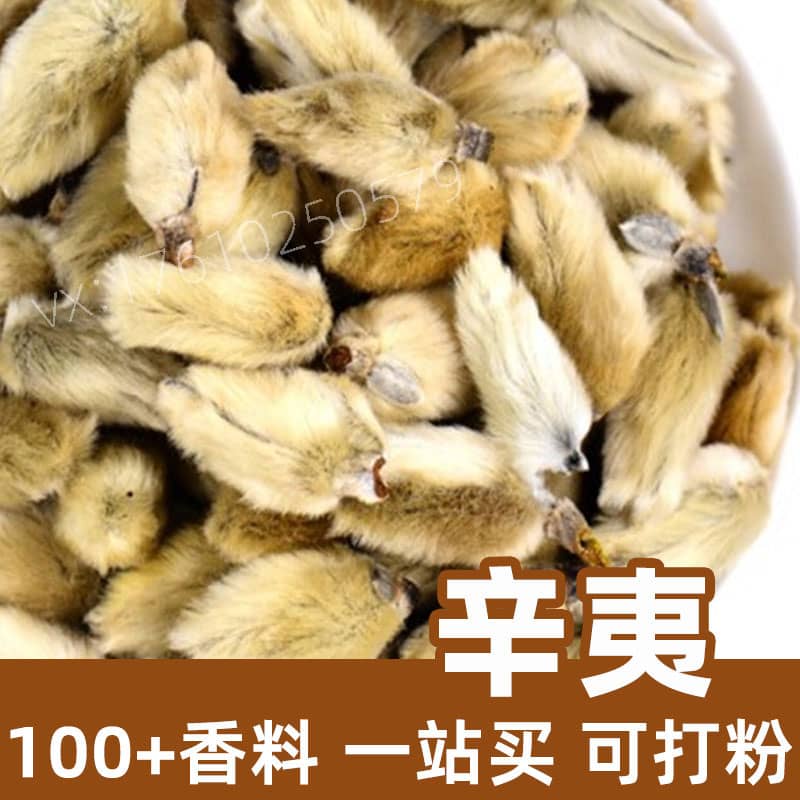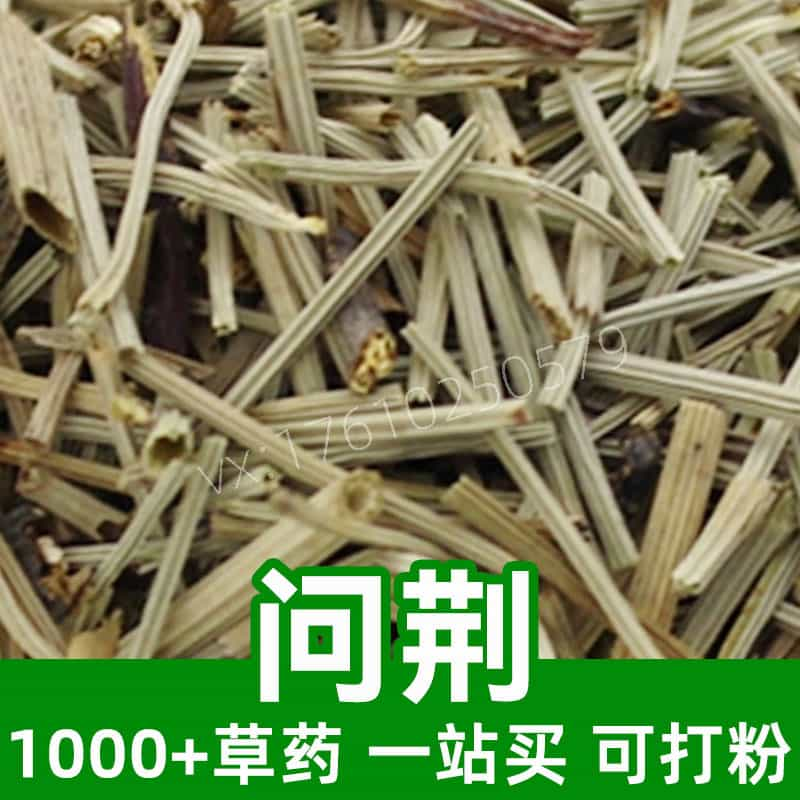Soapwort Product Introduction
Soapwort, also known as bubble grass or laundry grass, is a perennial herb primarily composed of saponins, mucilage, and essential oils. Native to Europe, Western Asia, and North Africa, it is commonly found along riverbanks, roadsides, and grasslands. Soapwort is recognized for its foaming properties, making it ideal for natural soap, shampoo, and detergent formulations. Its mild, non-irritating properties make it suitable for sensitive skin types. Soapwort is also used in traditional herbal preparations for its gentle cleansing and soothing qualities.
Overall, soapwort, rich in natural saponins, is a valuable ingredient in various cleaning products, providing a mild and effective cleansing action that appeals to those seeking natural alternatives.
Main Active Components of Soapwort
- Saponins: These are the primary active ingredients in soapwort, offering natural surfactant properties and creating foam for effective cleaning. Their molecular structure includes both hydrophilic and hydrophobic parts, enabling the breakdown of oils and dirt.
- Mucilage: Provides moisture-retaining and skin-soothing benefits, forming a protective barrier that helps balance skin hydration, leaving skin soft and smooth.
- Essential Oils: These give soapwort a fresh aroma and may have antibacterial, anti-inflammatory, or antioxidant effects that contribute to skin health.
- Additional Compounds: Soapwort also contains polysaccharides, tannins, and alkaloids, which may support its effectiveness, though their specific roles are not fully understood.
In summary, soapwort's main active component is saponin, known for its cleansing effect. Additional components like mucilage and essential oils enhance its moisturizing and refreshing properties, making it a potent natural cleansing ingredient.
Applications and Dosage of Soapwort
In Traditional Medicine:
- Detoxification: Used in traditional remedies to treat skin issues like eczema, ulcers, and inflammation, with a detoxifying effect.
- Moisturizing and Soothing: The mucilage content provides a hydrating and soothing effect on dry or rough skin, helping maintain skin softness.
Methods and Dosages:
- Topical Use: Grind leaves or roots into a paste, apply to affected areas 2-3 times daily until symptoms improve.
- Herbal Bath: Soak soapwort leaves or roots in hot water for a full or partial body soak to relieve skin issues.
- Oral Tincture: Prepare a tincture with dried soapwort for mild detoxification or respiratory support, using 10-15 grams per serving.
In Food Industry:
- Additive: Saponins from soapwort are used as a food additive, adding a unique flavor to beverages or ice creams.
- Seasoning: Fresh leaves can add a light flavor to dishes like salads or soups.
When using soapwort, adjust dosage according to symptoms and consult a physician or herbalist for safety.
Soapwort Plant Description, Distribution, and Growth
Plant Description: Soapwort is a perennial herb that reaches 60-100 cm in height, with opposite oval or egg-shaped leaves, often with serrated edges. It blooms in the summer with fragrant white or pink, bell-shaped flowers.
Distribution: Native to Europe and Western Asia, soapwort grows in fields, meadows, hillsides, roadsides, and along riverbanks.
Growth Conditions:
- Climate: Prefers warm, humid climates, thriving in sunny areas with good air moisture. It tolerates cold well but is less suited to very dry or hot conditions.
- Soil: Grows best in loose, fertile, well-draining soils, adapting to sandy, loamy, and clay soils.
- Growth Habits: Soapwort grows quickly and forms dense clusters. It is drought- and cold-resistant and can thrive in harsh environments.
- Propagation: Reproduces by seed, which disperses naturally or by planting.
Soapwort is a resilient herb that flourishes in a range of environments, especially warm and humid regions.
Soapwort Harvesting, Processing, and Storage
Harvesting:
- Timing: Collect the above-ground parts during peak flowering, on a dry, sunny morning to avoid dew. Roots are best harvested in autumn or early spring.
- Method: Cut stems and leaves with a knife or scissors, leaving part of the plant intact for regrowth. Use a shovel or hoe for root collection.
Processing:
- Cleaning: Rinse leaves, stems, and roots thoroughly to remove soil and debris.
- Drying: Place the cleaned soapwort parts in a ventilated, shaded area to air-dry. Indoor drying or shaded areas work best to preserve quality.
- Chopping: Dried parts can be cut into smaller pieces for easier storage or processing.
Monica Sun is a seasoned expert in the natural raw materials industry, with over a decade of experience specializing in traditional Chinese medicinal herbs, spices, and fungi. She is skilled in the sourcing, processing, and application of these materials, emphasizing sustainability and innovation. Monica Sun has contributed to the development of high-quality natural raw materials that serve as essential components in functional foods, pharmaceuticals, and cosmetics, delivering tailored solutions to meet diverse market needs.















